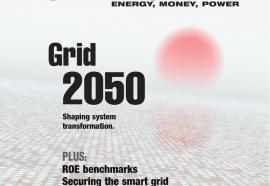Planning for Efficiency
Forecasting the geographic distribution of demand reductions. Copyright © 2011 Consolidated Edison Company of New York, Inc.
As new energy efficiency programs proliferate, regulators increasingly will seek to use the associated demand reductions to reduce capital expenditures on new transmission and distribution assets. However, forecasting the expected geographic distribution of these demand reductions within the grid and integrating this information into a utility’s capital planning process is a challenging task.











